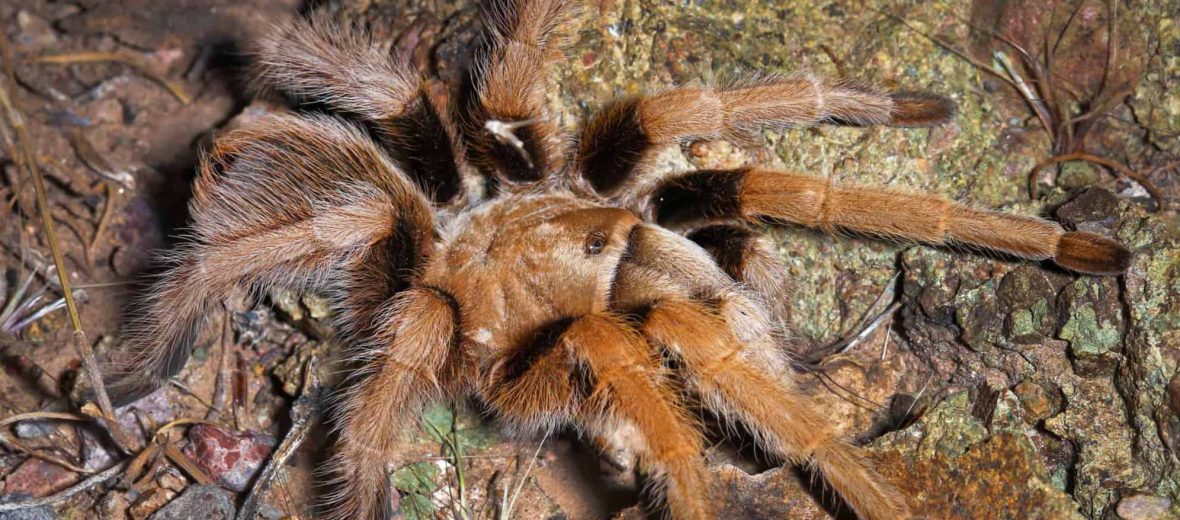
The Arizona blonde tarantula, aka blond tarantula, western desert tarantula, or Mexican blonde tarantula, is a large bodied species of spider belonging to the family Theraphosidae. They can be found in Arizona, New Mexico, and Mexico. These tarantulas prefer the drier climates found in the southwestern deserts. Arizona blondes are not currently evaluated by the IUCN and their populations are considered stable across their ranges. This article is for my friend Jessica.
First the Stats…
Scientific name: Aphonopelma chalcodes
Weight: Up to .6 ounce
Length: Up to 4 inches, plus up to a 6 inch legspan
Lifespan: Up to 30 years
Now on to the Facts!
1.) Like all tarantulas, they are sexually dimorphic in that females are markedly larger than males.
2.) These spiders have 2 sets of eyes, totaling 8, that are referred to as the primary and secondary sets. Spectral sensitivity within their eyes is critical as it is essential in determining various light wavelengths.
3.) That being said, their vision isn’t the best and thus they rely most often on vibrations felt from the urticating hairs covering their body.
4.) Just like all arachnids, they will molt as they grow. This is a cool act to witness, as they tend to flip onto their back and writhe and twitch as they break free of their old exoskeleton and emerge as a larger spider. At first glance, it looks like they are dying or having a seizure.
5.) Their burrows can be up to 2 inches across and up to 12 inches deep.
But wait, there’s more on the Arizona blonde tarantula!
6.) These arachnids spin a silken webbing around the entrance of their burrows that is used to detect and ensnare prey that happen upon it.
7.) Females tend to lay eggs in the male’s sperm in order to provide nutrients for the offspring.
Did you know…?
If threatened, these and other tarantulas have the ability to kick their urticating hairs from their abdomen and fling them at their attacker. These hairs cause itching, burning, general discomfort, and temporary blindness.
8.) The female can lay up to 600 eggs.
9.) Like most all tarantulas, these critters are nocturnal (active at night).
10.) The neurotoxic venom of these critters is not especially dangerous to humans or pets. But a bite is certainly painful. You’ll know if you’ve been bitten! Their venom is only dangerous to smaller creatures, like invertebrates. In short, their venom is around as potent as a single bee sting, but not as dangerous as bee sting. They are on the low end of the LD-50 ranking for venom.
11.) With regards to venoms, LD-50 means “Lethal Dose” and equals the amount of a venom, given all at once, that can cause the death of 50% of a group of test animals.
12.) These tarantulas are popular as exotic pets, due to their low venom toxicity and mild temperament.
Now a Short Arizona Blonde Tarantula Video!
Be sure to share & comment below! Also, check out the Critter Science YouTube channel. Videos added regularly!
Want to suggest a critter for me to write about? Let me know here.



